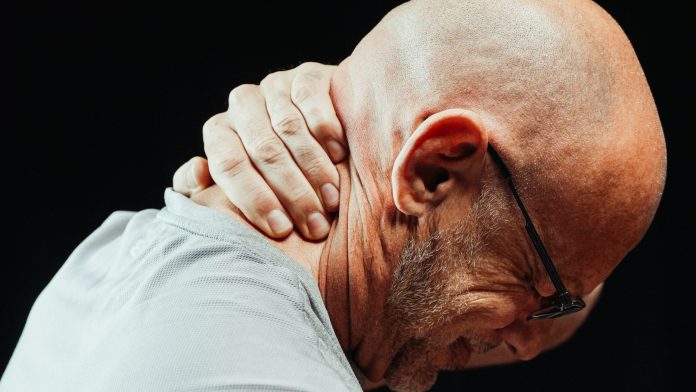By Livy Beaner
NEWS COPY w/ VIDEO + INFOGRAPHICS
One in three Americans take over-the-counter pain medication every single day, new research suggests.
In a poll of 2,000 adults, 20% reported taking OTC pain medications once a day and 12% take it “a few times a day.”
Even so, respondents seemed more interested in avoiding pain altogether; 57% prefer a preventative approach, compared to 15% who tend to react to pain after it’s already started.
Over-the-counter medication proved to be the most popular form of primary preventative action (42% of respondents), followed closely by myofascial release tools like foam rollers and back wheels (39%).
In the case of reactive methods, however, respondents were more likely to mention rest (42%) over OTC medication (34%) or myofascial release tools (37%).
The poll, conducted by OnePoll on behalf of Chirp, also explored the ways in which pain inhibits Americans from performing everyday activities.
Of those polled, the average respondent spends three days a week feeling limited by pain.
Almost half (49%) said they’re affected by pain at work, and two in five (40%) said it impacts their ability to do social activities.
“Pain caused from environmental factors can directly impact your lifestyle choices,” said Tate Stock, Chirp CEO. “In addition to limited physical activity, pain can cause psychological effects such as feelings of isolation and fatigue, being easily distracted or having a poor self-image”.
Sixty-one percent of respondents noted environmental factors that contribute to their pain.
Three in 10 cited poor posture as a contributing factor, despite the fact that one in four have purchased supportive furniture for pain management.
Poor sleeping habits (36%) and a sedentary lifestyle (35%) were also commonly identified as environmental pain contributors.
When asked what part of their daily routine best manages pain, about three in 10 said some form of “exercise.”
“Most of my pain is residual from my many head and neck surgeries, so I don’t think complete management is possible,” one respondent admitted. “Usually, I just try to ignore it and get on with my day. It is because all pain relief is temporary, prescription drugs would not offer lasting relief, so I stick to OTC pain relief.”
While pain prevention and management have become part of Americans’ daily routine, almost three-quarters (73%) said spending time with loved ones makes them feel healthy.
Another 73% said achieving physical strength contributes to feeling able-bodied.
“Using myofascial release tools, especially those with vibration therapy, localize pain relief to increase blood circulation, leading to faster healing tissue, increased mobility and reduced joint pain,” continued Stock. “A vibration therapy tool, such as a vibrating back wheel, is known for relieving pain. Consistent use of this type of tool is a natural alternative to prevent muscle injuries and further pain because it strengthens muscle tissue.”
TOP PREVENTATIVE ACTIONS
Taking over the counter pain medications (42%)
Using myofascial release tools (back wheel, foam roller, etc.) (39%)
Getting massages/acupuncture (36%)
Stretching regularly (34%)
Going to physical therapy (32%)
TOP REACTIVE ACTIONS
Resting (42%)
Taking prescribed pain medications (37%)
Using myofascial release tools (back wheel, foam roller, etc.) (37%)
Taking over-the-counter painkillers (34%)
Using hot and cold therapies (33%)

